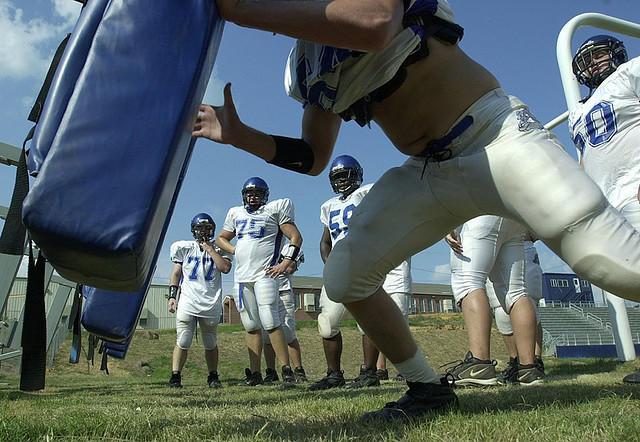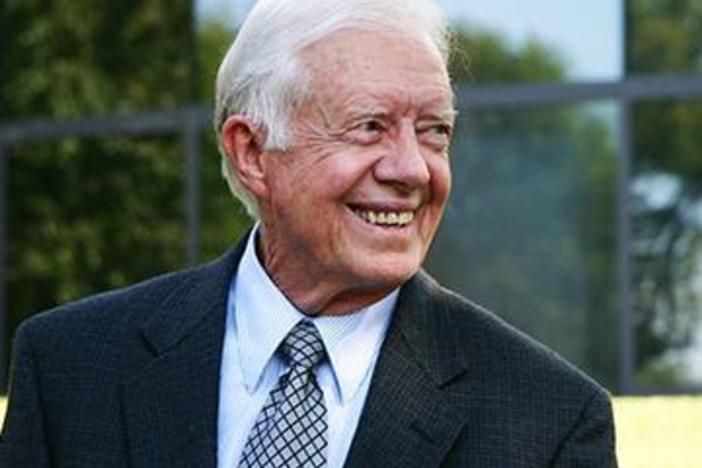
Section Branding
Header Content
GHSA May Consider Stricter Heat Policies
Primary Content

The issue of physical activity in dangerously hot weather is back in the spotlight after the deaths of two Georgia high school football players Tuesday.
Hospital treatment was not enough for Locust Grove football player Forrest Jones, who collapsed last week after a team workout. And South Georgia player DJ Searcy of Fitzgerald High died after found unresponsive in his room Tuesday at his team’s camp in north Florida.
The deaths come as teams statewide are cranking-up regular practices just as temperatures in many areas of the state push into triple digits this week.
Ralph Swearingin, executive director of the Georgia High School Association which governs prep sports in the state, says they're working to get more information on the deaths.
“We just can’t explain why these things happen and why two of them happened that appear to be significantly different circumstances. But nonetheless, at the end of the day we have two young people who are no longer living, and that’s very disturbing.”
Swearingin says most if not all member schools have approved heat policies they follow for their athletes. Standards include a sliding scale of workout to rest time based on the rise of temperature and humidity. And scientifically-approved monitor equipment is also used.
The GHSA commissioned a three year study by two researchers with the University of Georgia on the effects of heat and high school athletics. Swearingin says when complete, the study's results may lead to stricter policies than what are currently in-place.
“It hopefully is going to give us for the first time ever at the high school level in any state, scientific data to show what is really going on there, and help us try to understand and explain why certain people are susceptible to heat illness and not others.”
Swearingin says the Association could consider an update to its heat policies as early as next year.
Tags: Georgia, GHSA, weather, sports, heat exhaustion, high school football, Ralph Swearingin, hot weather, heat
Bottom Content


